4 Holistic Classroom Ideas Inspired by Maslow’s Humanist Approach
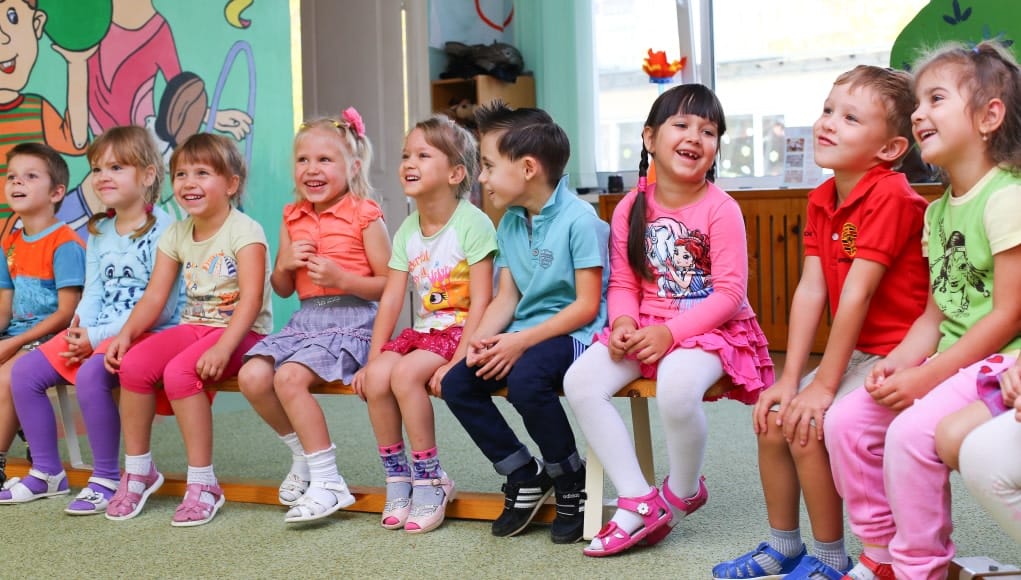
By: Chris Drew
Too often educators look at students as being ‘in deficit.’ Deficit thinking can be evident in schools that focus too heavily on reforming student behavior rather than creating positive learning climates that bring out the best in students.
This mentality was also dominant amongst educational psychologists in the mid-20th century. However, during this period, humanist theorist Abraham Maslow began to promote a novel idea. Maslow’s humanist perspective emphasized the importance of promoting the innate goodness inside all people.
From Maslow’s perspective, goodness needs to be nurtured by providing learners with a safe and fulfilling learning environment.
Perhaps Maslow’s most influential idea was his hierarchy of needs. To Maslow, we all have a range of needs that should be met in order to bring out the best in ourselves. Those needs are:
- Physiological needs: At the base of Maslow’s pyramid are the physical requirements for life, including food, water and clothing.
- Safety needs: Students need to feel safe and secure in order to focus on learning.
- Belongingness needs: A feeling of inclusion and membership in a classroom community can help students enjoy coming to school.
- Esteem needs: Students need to feel their teachers and peers have positive regard for them. Similarly, students should feel good about themselves and their own ability to succeed.
- Self-Actualization: Also known as self-fulfillment, this need is met when students are achieving to the best of their abilities in the classroom.
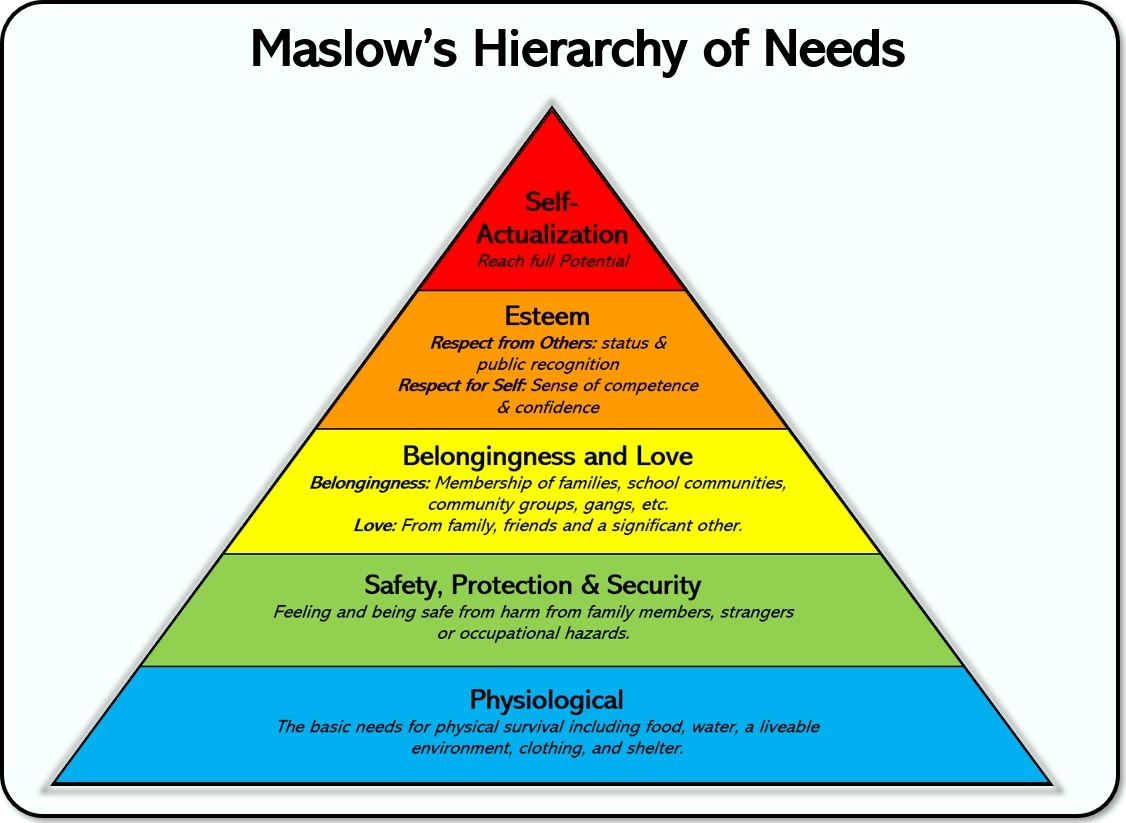 Figure 1: K-12 school leaders and classroom teachers can use Maslow’s hierarchy of needs to focus on creating climates that support holistic learning. Image Author: Chris Drew.
Figure 1: K-12 school leaders and classroom teachers can use Maslow’s hierarchy of needs to focus on creating climates that support holistic learning. Image Author: Chris Drew.
Maslow’s hierarchy remains incredibly relevant to educators today. Below, I outline four ways Maslow’s hierarchy can inspire holistic education.
1. Start a Breakfast Club
Researchers from the University of Leeds in England reported in 2012 that 14% of students skip breakfast on a regular basis. Similarly, studies from the United States report 8-12% of children turn up to school hungry.
Furthermore, students who skip breakfast are disproportionately from disadvantaged backgrounds and single-parent households.
Those students who skip breakfast can suffer socially, emotionally and academically throughout the school day. By contrast, researchers from Northumbria University highlight that students who participated in a breakfast club initiative in England self-reported increased capacity to focus in class and moderate their moods.
Thus, school-run breakfast clubs have the potential to support children’s learning by satisfying physiological needs which sit at the foundation of Maslow’s hierarchy.
By providing students with breakfast at the start of the school day, schools can proactively prevent potential issues that arise from low energy levels, fatigue and the inability to complete set tasks.
2. Create Brave Spaces
Maslow emphasizes that people need to feel safe in order to achieve self-actualization. Feeling safe in the classroom is more than simply about a sense of comfort. Rather, it is about feeling safe to step outside of your comfort zone with the knowledge that risks are accepted and encouraged.
Young people who feel insecure or fear harsh punishment from their teachers will be less inclined to be bold or take risks. Therefore, teachers should explicitly promote brave spaces: spaces in which young people know that risk taking, creativity and boldness are rewarded.
Colorado teacher Leticia Guzman Ingram writes that teachers should help students feel safe to make mistakes. She recommends strategies such as ‘Failure Fridays’ where the teacher and students discuss failures people have made and how the failures made them better learners.
3. Give Classroom Ownership to Students
To satisfy what Maslow calls ‘Belongingness needs’, teachers need to help students feel as if they are co-owners of the classroom space.
One way to promote a sense of ownership is to reinforce to the students that the classroom is not ‘mine’ but ‘ours.’ Every student should see a part of themselves in the classroom and be able to tell outsiders about how they were integral to creating a positive classroom culture.
My measure of success for creating belongingness is when I see students leading their parents by hand around the classroom, pointing out displays and telling stories of their creation. I want to see students pointing to one element of each display and showing how their small contribution helped in the creation of the whole.
4. Use Inquiry-Based Learning
Carl Rogers, a humanist contemporary of Maslow, also believed that self-fulfillment would only occur when a student is freed to explore topics that intrinsically motivate them. For this to be achieved, educators should allow students the freedom to choose topics of personal interest and identify ways to explore those topics in depth.
Open-ended, interest-based learning is increasingly difficult in an era of standardized curriculum requirements.
However, I like to give my students as much freedom as possible within the confines of the curriculum by, for example, finding ways curriculum topics overlap with their hobbies.
Educating the Whole Child with a Humanist Approach
I find many educators gravitate toward humanism. It is a theory that affirms that all students are capable of becoming their best so long as educators pay attention to the whole child. We need to attend to our students’ needs, feelings and emotions to ensure their basic needs are met.
When we turn our attention to our students’ needs, we not only embrace a caring approach to education but also create the conditions for supporting each student’s cognitive and social development.
For more, see:
- Educating the Whole Child Through PBL
- Why Every 10-year-old Should Know Maslow’s Hierarchy
- Students’ Basic Needs Must Be Met Before They Can Learn Deeply
Stay in-the-know with innovations in learning by signing up for the weekly Smart Update.
Chris Drew teaches about educational theory and practice at Swinburne Online University. He writes on educational topics on his personal blog, The Helpful Professor.

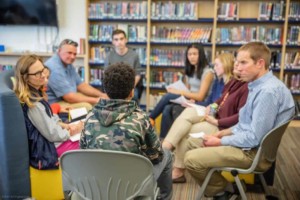
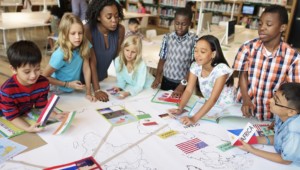

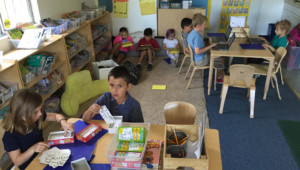
0 Comments
Leave a Comment
Your email address will not be published. All fields are required.